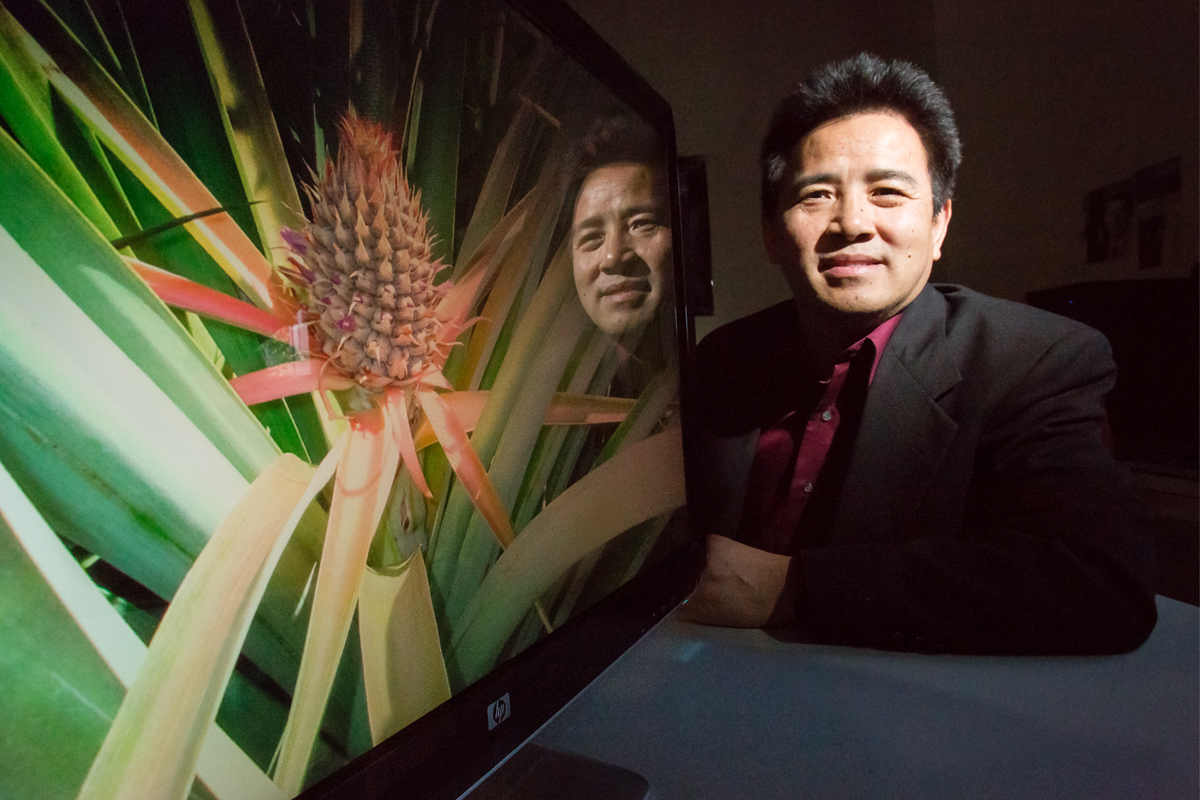Domestication of a Y chromosome in papaya

Speaker: Ray Ming, PhD, professor of plant biology, University of Illinois at Urbana-Champaign
Sex in papaya is controlled by a pair of nascent sex chromosomes with two slightly different Y chromosomes that distinguish males (XY) and hermaphrodites (XYh). The hermaphrodite specific region of the Yh chromosome (HSY), its X chromosome counterpart, and the male specific region of the Y (MSY) were sequenced using a BAC by BAC approach. We re-sequence 24 wild male and 12 cultivated hermaphrodite genomes to characterize the forces shaping Y chromosome evolution. The MSY and hermaphrodite specific region of the Yh (HSY) are highly similar with shared gene content and structure and 99.6% sequence identity. The male Y chromosomes formed three distinct populations despite otherwise normal gene flow in the autosomes. Molecular dating, phylogenetic analysis, and population genomic analyses all suggest that the hermaphrodite Yh chromosome is a product of human domestication about 4,000 years ago from a wild dioecious population MSY3 in the northwest pacific region of Costa Rica, coinciding with the rise of Maya civilization. The papaya Y-specific region have a higher diversity than the pseudoautosomal region (PAR). The PAR and MSY are evolving neutrally, but the HSY showed strong positive selection due to a selective sweep during human domestication. This is the first case where human domestication resulted in the evolution of a new Y chromosome with novel functions that subject it to unique evolutionary constraints. The identification of the ancestral MSY3 haplotype will expedite investigation of the mutations leading to the domestication of hermaphrodite Yh chromosome.

